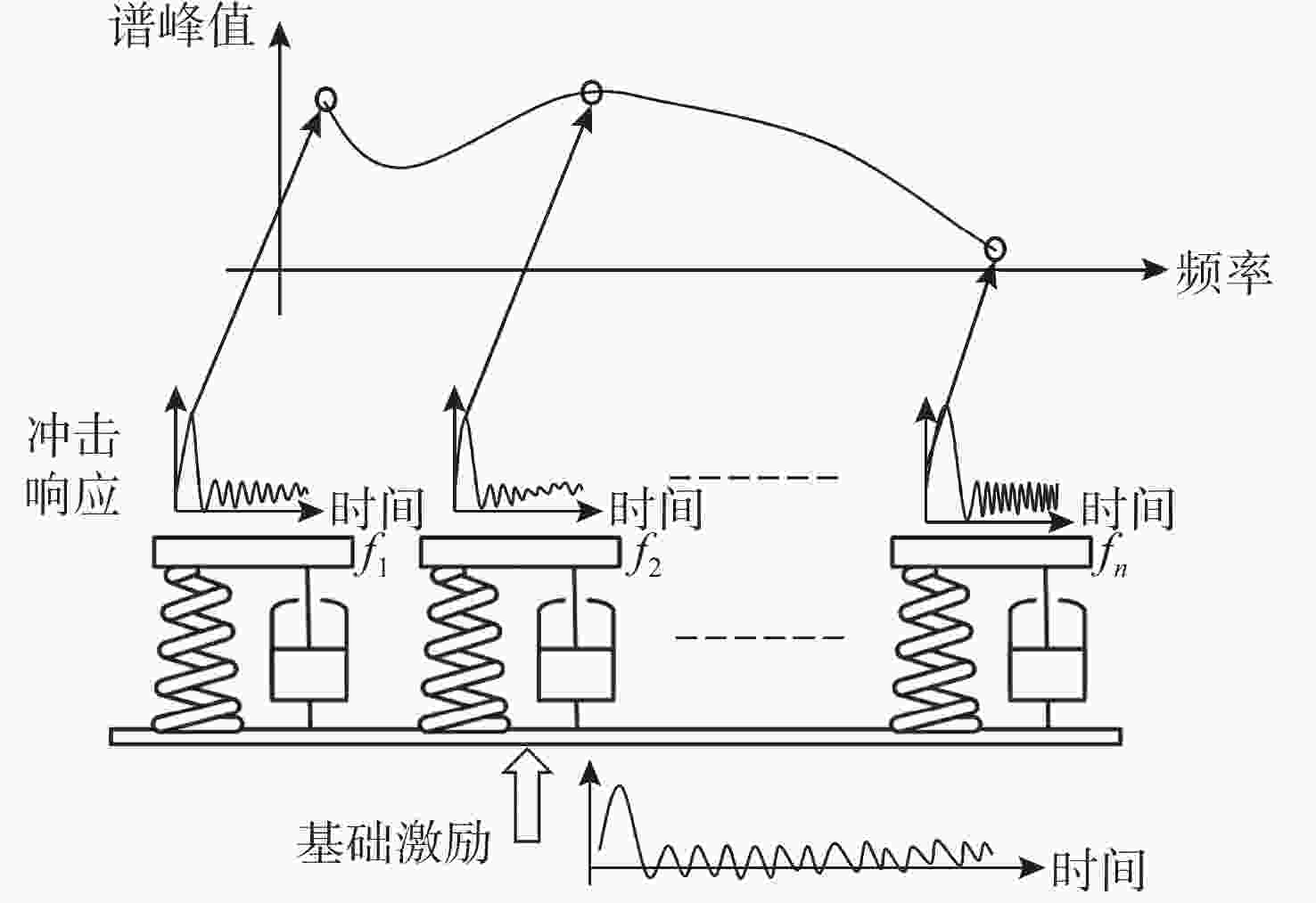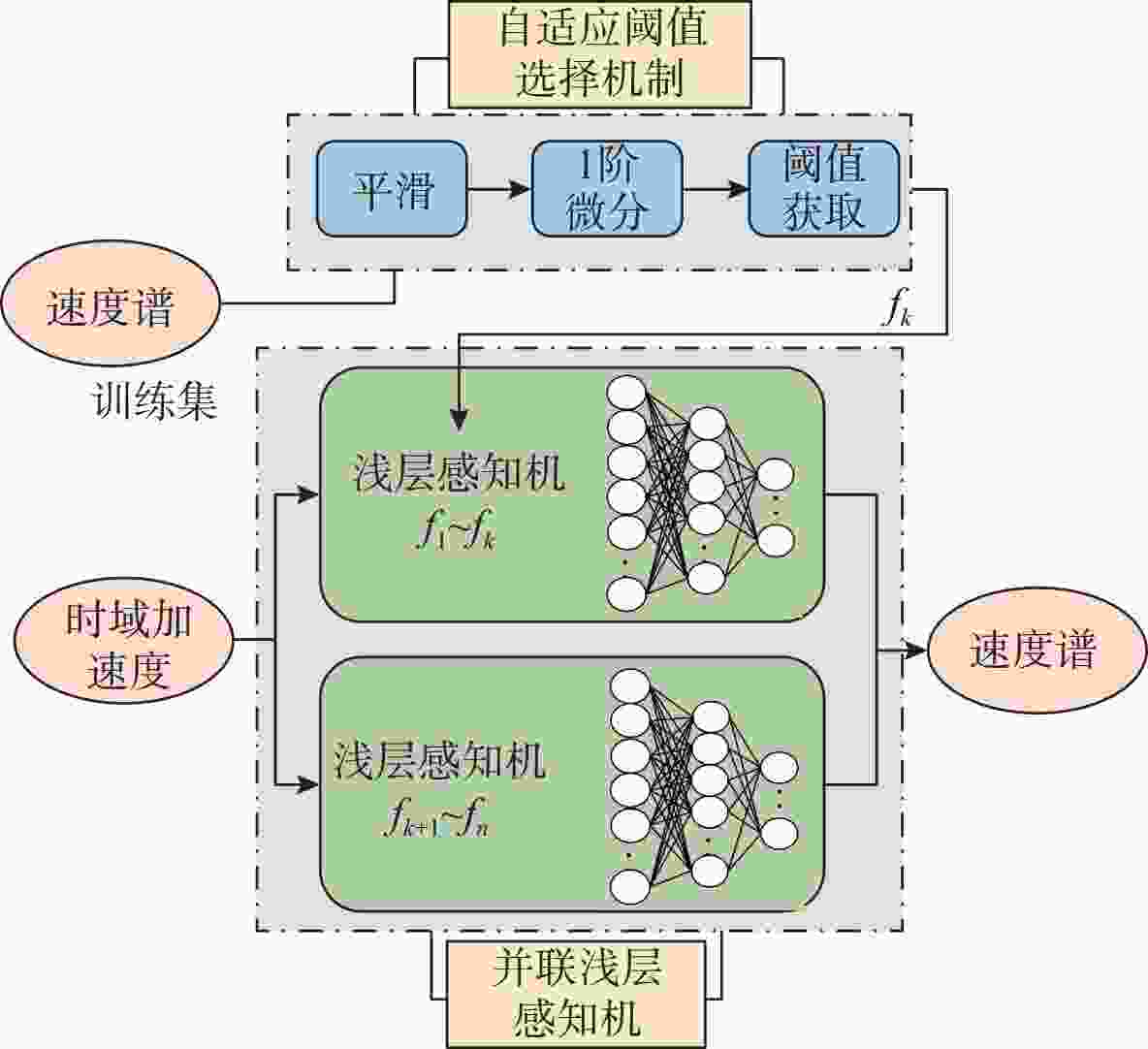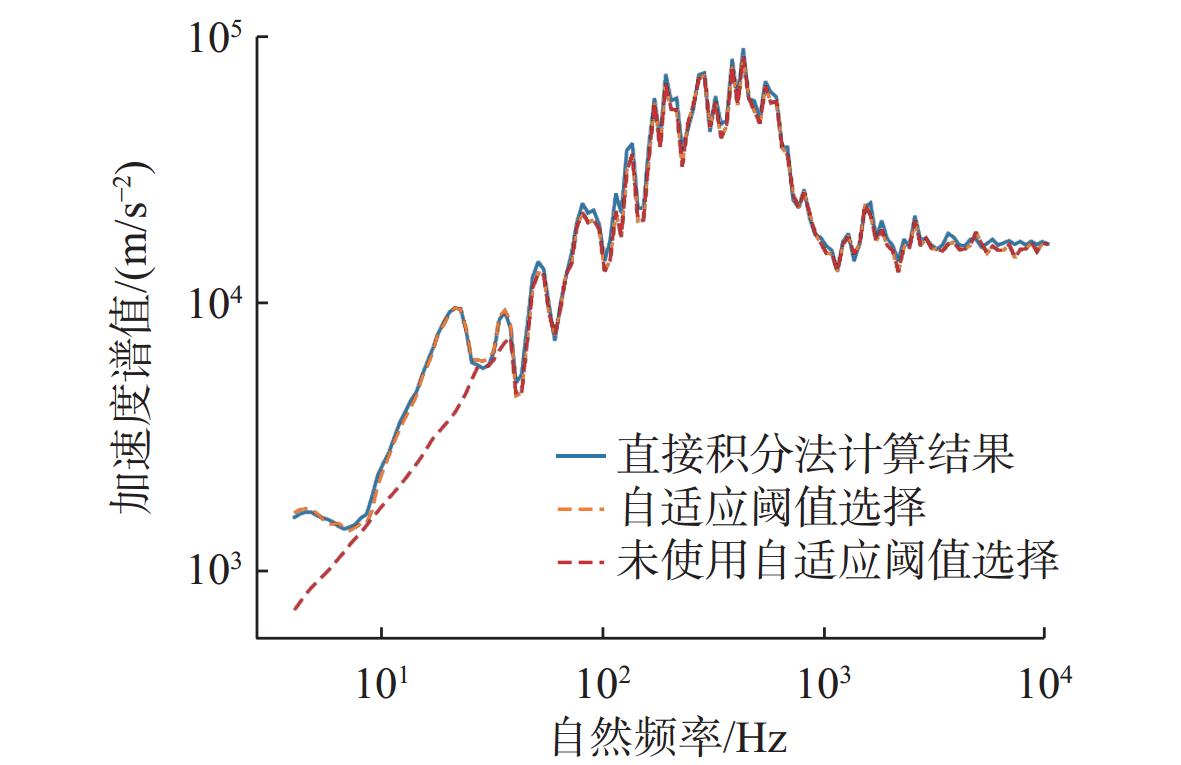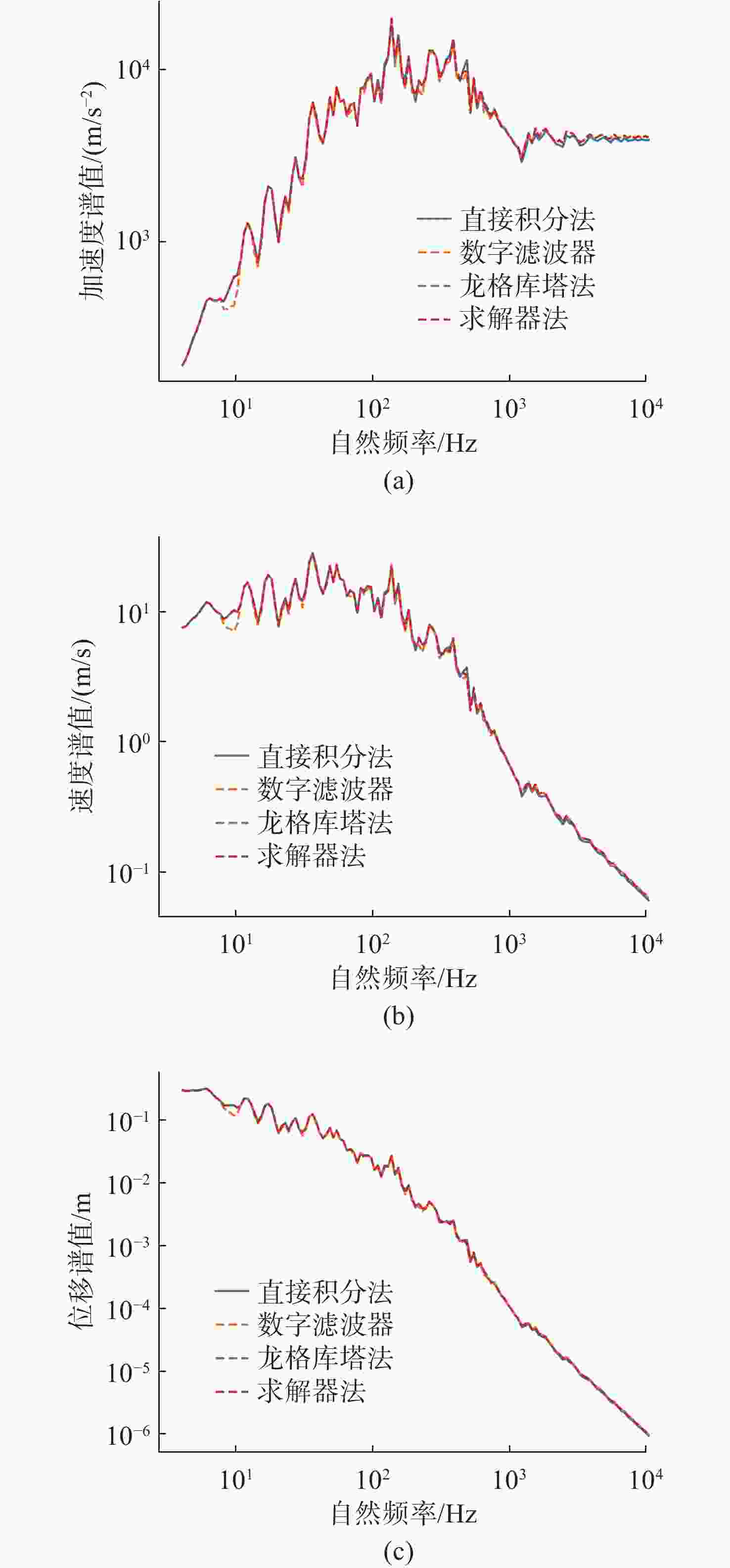A Deep Learning-Based Solver for Underwater Explosion Shock Response Spectrum
-
摘要: 船舶冲击响应具有短时性和复杂性, 通常使用冲击响应谱(SRS)作为其分析工具。为克服传统SRS求解方法存在的计算速度与精度之间的矛盾, 文中提出一种基于深度学习的SRS快速求解器, 并根据SRS的特点设计自适应阈值选择机制, 提升求解器计算精度。对比求解器得到的SRS与采用传统方法计算的结果, 两者显示出高度一致性, 从而验证了求解器的有效性。此外, 文中在求解过程中引入L2正则化技术, 有效避免了过拟合现象的发生, 进一步增强了求解器的鲁棒性。Abstract: Due to the short duration and complexity of ship shock responses, the shock response spectrum(SRS) is commonly used as a tool for analyzing these responses. To address the conflict between calculation speed and accuracy inherent in traditional SRS solving methods, this paper proposed a deep learning-based fast solver for the SRS. An adaptive threshold selection mechanism tailored to the characteristics of the SRS was designed to improve the solver’s calculation accuracy. A comparison between the SRS obtained by the proposed solver and the results calculated using traditional methods demonstrated a high degree of consistency, validating the effectiveness of the solver. Additionally, L2 regularization was introduced in the solution process, effectively preventing overfitting and further enhancing the robustness of the solver.
-
Key words:
- underwater explosion /
- shock response spectrum /
- deep learning
-
表 1 自适应阈值选择机制对比实验误差
Table 1. Comparative experimental error analysis of adaptive threshold selection mechanisms
是否使用
阈值选择机制IRE/% IRMSE 是 5.64 0.135 否 15.8 0.641 表 2 数值仿真工况表
Table 2. Numerical simulation conditions
序号 水深/m 爆距/m 装药量/kg 方位 1 100 7 295 侧前方 2 100 7 295 正下方 3 100 7 295 侧后方 4 100 7 45 正下方 表 3 模型数据集信息
Table 3. Dataset information of the model
数据类型 数据内容 数据集 占比/% 输入 冲击载荷时域加速度 训练集 80% 测试集 20% 输出 感兴趣点SRS 训练集 80% 测试集 20% 表 4 求解器与传统SRS计算方法性能对比
Table 4. Comparison between solver and traditional SRS calculation methods
方法 自然频率/Hz 核时/s IRE/% 求解器 100 1.2 5.54 500 1.5 5.71 1 000 1.6 6.18 直接积分法 100 107 — 500 310 — 1 000 529 — 数字滤波器 100 62 15.48 500 185 15.93 1 000 249 16.84 龙格库塔法 100 78 8.29 500 206 8.54 1 000 320 8.71 -
[1] 姚熊亮, 侯明亮, 李青, 等. Y型舷侧结构抗冲击性能数值仿真实验研究[J]. 哈尔滨工程大学学报, 2006, 27(6): 796-801. doi: 10.3969/j.issn.1006-7043.2006.06.002YAO X L, HOU M L, LI Q, et al. Numerical simulation research on counter-impingement capability of Y-shape shipboard structure[J]. Journal of Harbin Engineering University, 2006, 27(6): 796-801. doi: 10.3969/j.issn.1006-7043.2006.06.002 [2] 尹群, 陈永念, 张健, 等. 水下爆炸载荷作用下舰船结构动响应及新型防护结构[J]. 中国造船, 2007, 48(4): 42-52.YIN Q, CHEN Y N, ZHANG J, et al. Dynamic response of ship structures under underwater explosion loads and new protective structures[J]. Shipbuilding of China, 2016, 11(4): 51-58. [3] 张振华, 牛闯, 钱海峰, 等. 六层金字塔点阵夹芯板结构在水下近距爆炸载荷下的冲击实验[J]. 中国舰船研究, 2016, 11(4): 51-58.ZHANG Z H, NIU C, QIAN H F, et al. Impact experiment of six-layer pyramidal lattices sandwich panels subjected to near field underwater explosion[J]. Chinese Journal of Ship Research, 2016, 11(4): 51-58. [4] WANG H, CHENG Y S, LIU J, et al. The fluid-solid interaction dynamics between underwater explosion bubble and corrugated sandwich plate[J]. Shock and Vibration, 2016, 2016(3): 1-21. [5] BATRA R C, HASSAN N M. Response of fiber reinforced composites to underwater explosive loads[J]. Composites Part B: Engineering, 2007, 38(4): 448-468. doi: 10.1016/j.compositesb.2006.09.001 [6] LEBLANC J, SHUKLA A. Dynamic response of curved composite panels to underwater explosive loading: Experimental and computational comparisons[J]. Composite Structures, 2011, 93(11): 3072-3081. doi: 10.1016/j.compstruct.2011.04.017 [7] LEBLANC J, SHUKLA A. Response of polyurea-coated flat composite plates to underwater explosive loading[J]. [J]. Journal of Composite Materials, 2015, 49(8): 965-980. doi: 10.1177/0021998314528263 [8] LU L, MENGX H, MAOZ P, et al. DeepXDE: A deep learning library for solving differential equations[J]. SIAM Review, 2021, 63(1): 208-228. doi: 10.1137/19M1274067 [9] 冯麟涵, 杨俊杰, 焦立启. 基于RBF神经网络的船舶冲击谱速度数据挖掘与预报[J]. 振动与冲击, 2022, 41(13): 189-194.FENG L H, YANG J J, JIAO L Q. Data mining and prediction of ship shock spectral velocity based on RBF neural network[J]. Journal of Vibration and Shock, 2022, 41(13): 189-194. [10] ZHOU Y, MENG S, LOU Y, et al. Physics-informed deep learning-based real-time structural response prediction method[J]. Engineering, 2024, 35(4): 140-157. doi: 10.1016/j.eng.2023.08.011 [11] 高明贺, 石成英, 王游. 冲击响应谱分析方法研究[J]. 科技视界, 2012(28): 117-194.GAO M H, SHI C Y, WANG Y. Research on the analysis method of shock response spectrum[J]. Science & Technology Vision, 2012(28): 117-194. [12] 施广宏, 石成英, 韩华锋. 系统部件对冲击载荷的响应分析[J]. 电子产品可靠性与环境试验, 2010(4): 24-26.SHI G H, SHI C Y, HAN H F. Analysis for shock response of parts[J]. Electronic Product Reliability and Environmental Testing, 2010(4): 24-26. [13] 谢浩, 冯麟涵, 吴静波, 等. 舰船冲击谱若干计算方法比较研究[J]. 噪声与振动控制, 2017, 37(4): 115-120.XIE H, FENG L H, WU J B, et al. Comparative study on several calculation methods for ship’s shock spectra[J]. Noise and Vibration Control, 2017, 37(4): 115-120. [14] SMALLWOOD D O. An improved recursive formula for calculating shock response spectra[J]. Proceedings of the Shock and Vibration Symposium, 1981, 51(2): 211-217. [15] 武国宁, 胡汇丰, 于萌萌. 深度学习中的正则化方法研究[J]. 计算机科学与应用, 2020, 10(6): 1224-1233. doi: 10.12677/CSA.2020.106126WU G N, HU H F, YU M M. Regularization methods in deep learning[J]. Computer Science and Application, 2020, 10(6): 1224-1233. doi: 10.12677/CSA.2020.106126 -




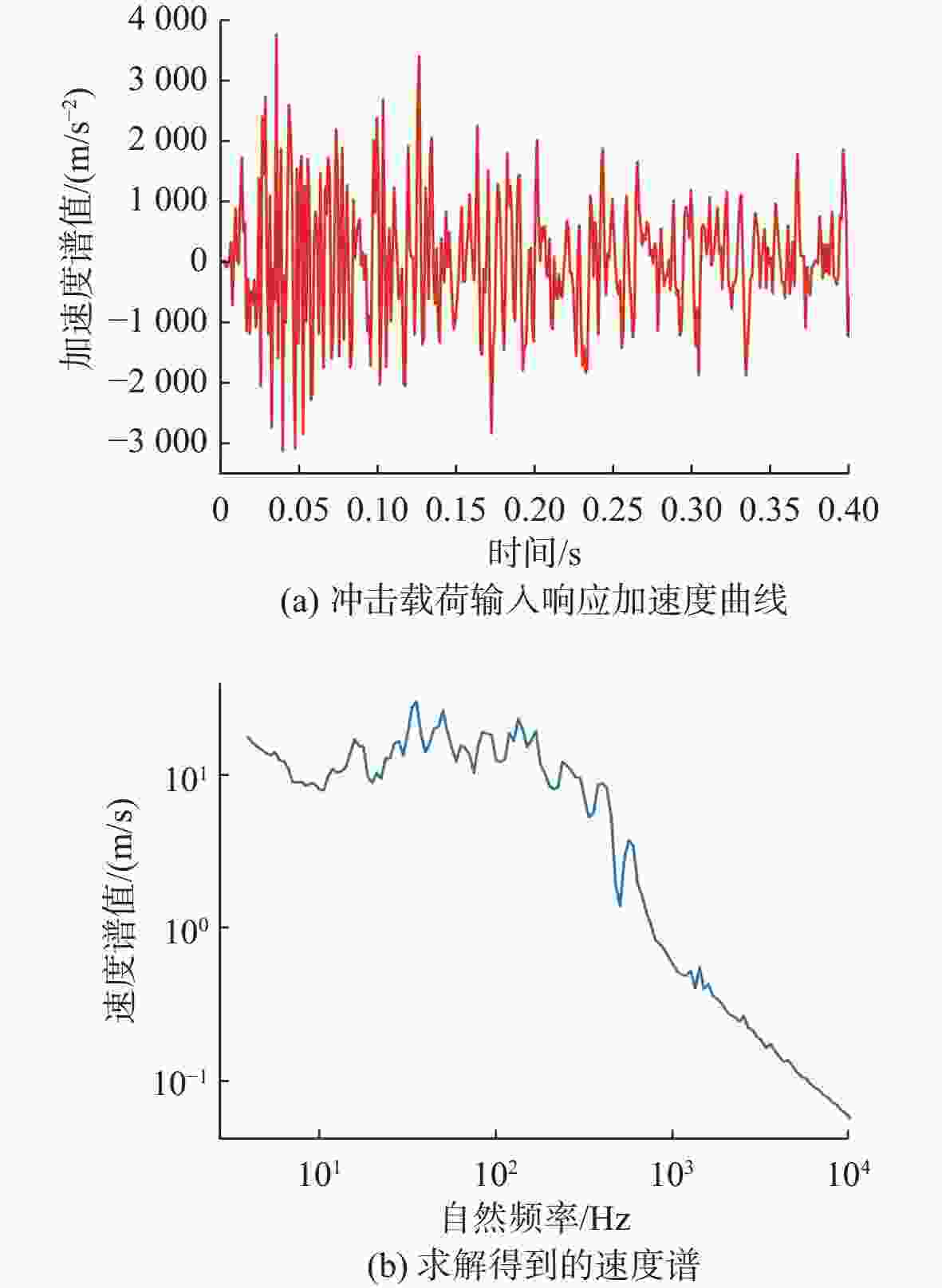
 下载:
下载:
